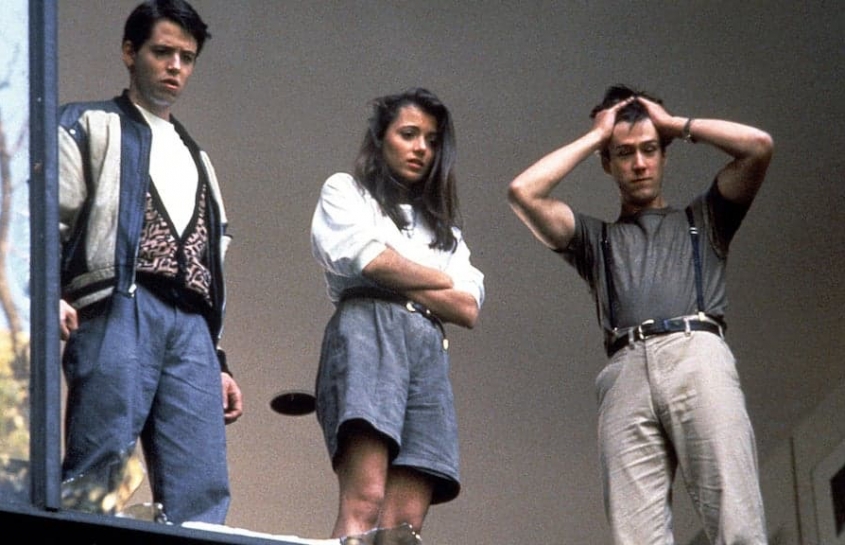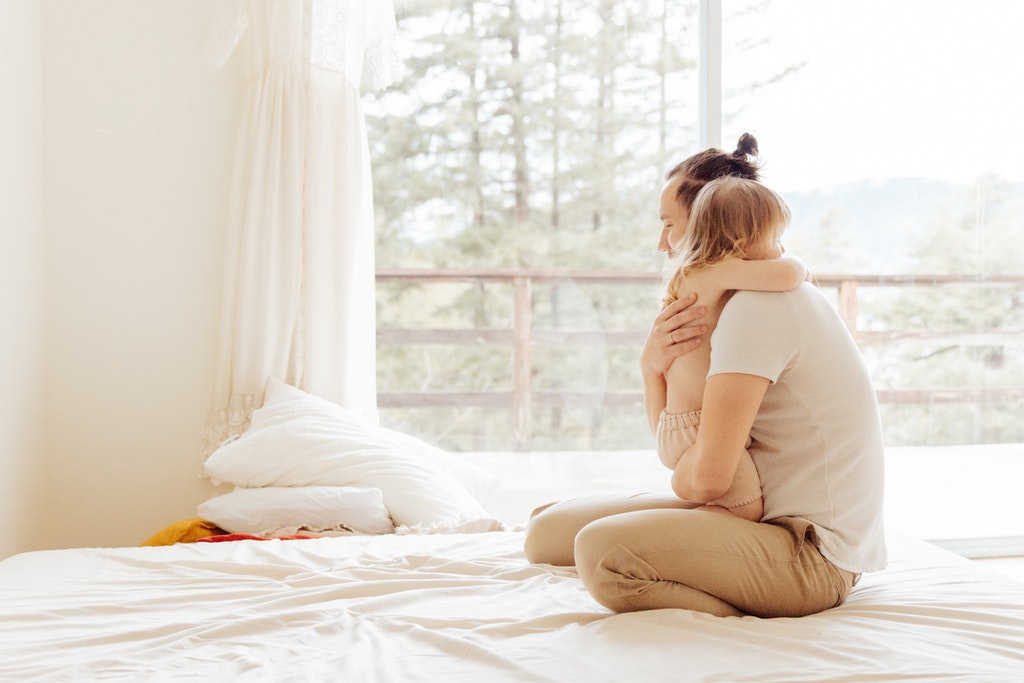Events that threaten war over peace are disturbing. They disturb us personally and collectively. What can we do when that fear is REAL and not imagined?!
Instead of spinning out with fear, I go inward to find my center. Because as soon as one conquers suffering, one realizes a source of inner peace. That energy reflects outward, supporting family and friends, as well as society as a whole. Ultimately, around the world, there will be peace and harmony.
Being connected to our purpose and peace is power. The power of choice to be unified within and to reflect unification outwardly. Staying committed to a state of “one-ness” is something we can all do.
Try this exercise to bring yourself to center. It’s an adaption of Sa, Ta, Na, Ma.
- Sit tall and hold your hands open on your knees
- Touch your index fingertip to your thumb tip - say Peace
- Touch your center fingertip to your thumb tip - say Begins
- Touch your ring fingertip to your thumb tip - say With
- Touch your pinky fingertip to your thumb tip - say Me
- Repeat this sequence for up to 11 minutes and let the energy flow through you
- Finish the sequence with a moment of silence and let the sound resonate
- Feel the peaceful state inside of you
What do we do when we’re not feeling the love? This usually gets activated by others not meeting our needs for love. Sometimes, we feel unlovable. It’s heartbreaking.
When this happens, we’re supposed to love ourselves more. Sounds easier than it is. For some, self-love feels selfish. This isn’t the indulgent kind of expression of love that comes from spoiling yourself with “things.” Instead, it’s the simple care and compassion we might feel for another directed toward ourselves. And that takes practice!
Balancing external validation (oh hi, social media) with internal satisfaction can be a challenge, especially for teens. How do we develop the inner fortitude to both feel the love we need and to and share it in a way that’s healthy - not demanding or demeaning?
I’ve cultivated many of these skills on my yoga mat and applied them to my life off the mat. It’s proven very effective to maintain my inner strength and peace.
Recently, I read Deepak Chopra’s article: You Are Never Alone: A Global Safety Net. I totally agree with the “in here” vs. “out there” approach to living safely in today’s environment. The sooner we cultivate this practice of safety with ourselves, and our kids, the better off we, and they, will be.
What do you think? Please love yourself today and everyday. Remember, you are never alone.
This week, we started a series of yoga at a new studio. We opened the doors and windows, turned on the air purifiers, everyone wore masks, and while that was not ideal, it was glorious to be together. The energy was phenomenal!
Many had not done yoga in over 2 years since the beginning of the pandemic. They came anyway. Yoga always meets you where you are at. A few came twice in the same week! One said, “I’ve been doing yoga everyday with a video; WOW is this different!” Another said,"I loved today! Such good energy. Loved the space, the people and the music.”
Yoga feels different in different spaces. After 2 years teaching outdoors and online, I’ve found that the environment matters. The container matters. One student preferred outdoors, she felt confined inside. Our theme was creating space. Ultimately, the idea of yoga is to create space in your body, in your mind, and in your heart. Yoga helps us clear the clutter inside ourselves so we can create more space in our lives for what matters most.
Especially as we approach Valentine's Day, for me, that’s love. More love please. I love teaching in this new studio. I love creating space for yoga and what it offers me no matter what’s going on in my world. I’m finding there is space to enjoy yoga live online, outdoors and in-studio. Each has something different to offer and experience. What they all have in common is: showing up. It's getting yourself on that mat, in whatever way you can, to create the space you need for what you want most in life. What is that for you?

We’re in a surge. As Omicron roars on, families are forced to endure the ongoing challenges associated with an unending pandemic. We keep hearing the word, resilience.
The concept of resilience is the ability to engage with a challenge and emerge with a measure of success. It’s a psychological principle blending optimism, flexibility, problem-solving and motivation. It’s what you got through determination - beating a better team or earning a better grade than what you prepared for. It’s your bounce-back factor when times get tough.
“Resilient people not only bounce back, but also thrive in the best of times.” said Dr. Kenneth Ginsburg, a pediatrician and the author of the American Academy of Pediatrics’s book “Building Resilience in Children and Teens.”
Never has resilience been more important. So how do we foster it? One way is through yoga. What we learn on the mat translates to life off the mat.
- Start with support. Stability matters. No one can take risks if they don’t feel safe. Love your kids no matter what.
- Be flexible. If the pandemic has taught us anything it’s adapt and adapt quickly!
- Regulate your emotions. They can’t be stable if you’re not stable. Show them how.
- Balance your energy. Your kids learn from how you handle situations.
- Keep it simple. Small moments build big muscles for overcoming frustration and disappointments. Allow kids to feel their feelings and recover.
- Stretch! Get outside of your comfort zone. Resiliency is about balancing success and failure. It’s doing things you’re not sure you can do.
With a safe foundation and challenges that build endurance, we can thrive. If we can’t roll with the punches, life will be very hard.



